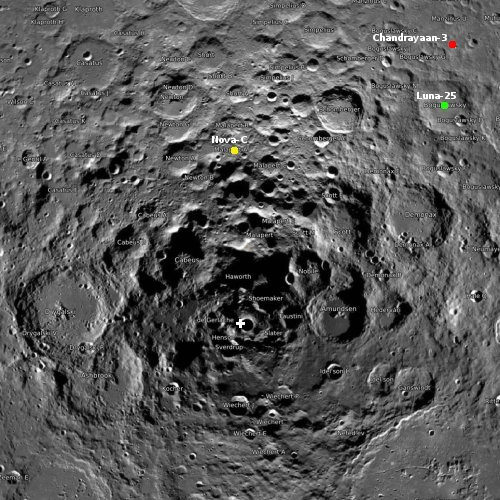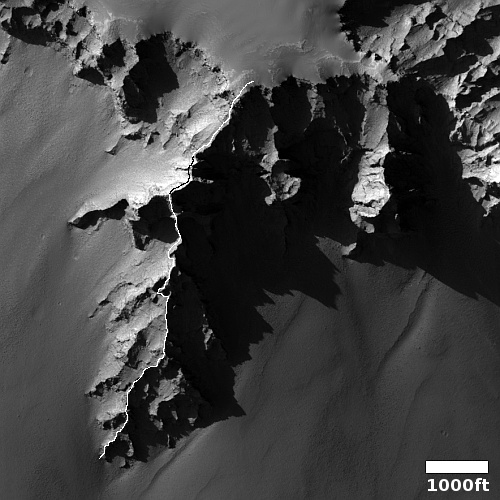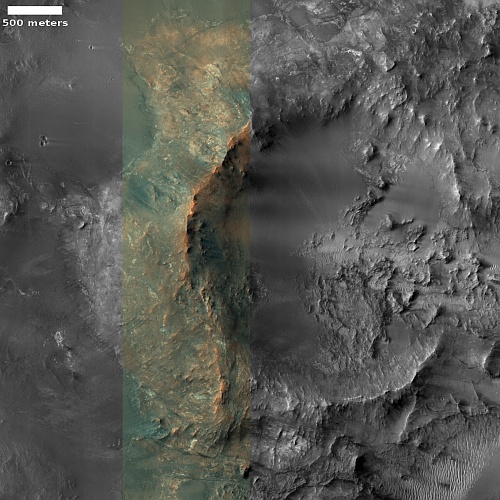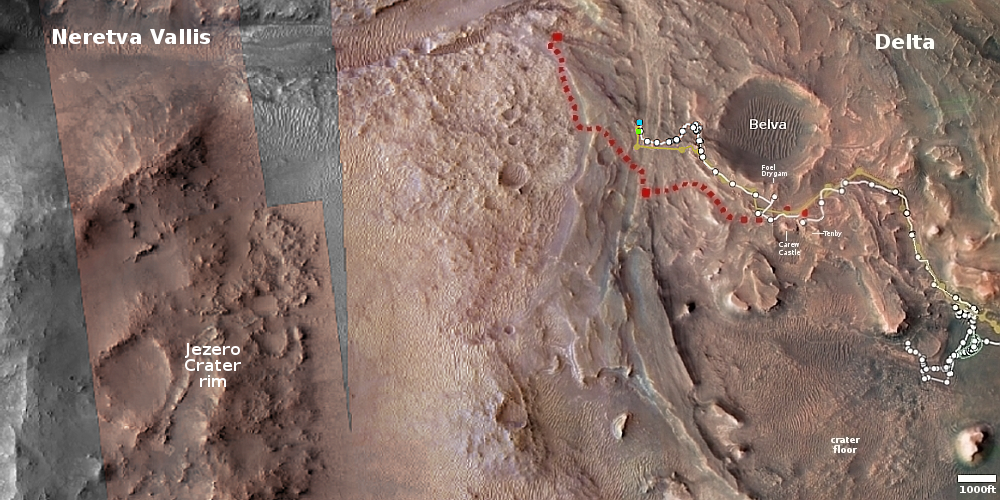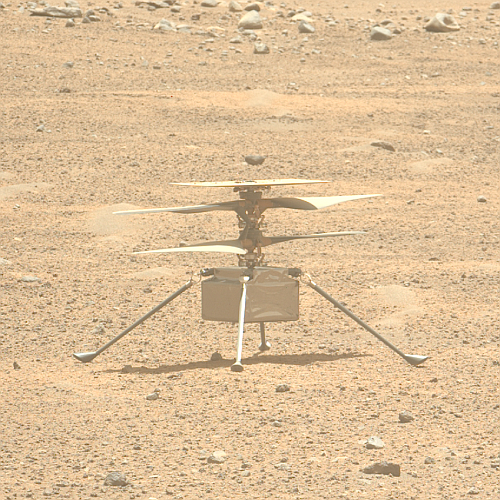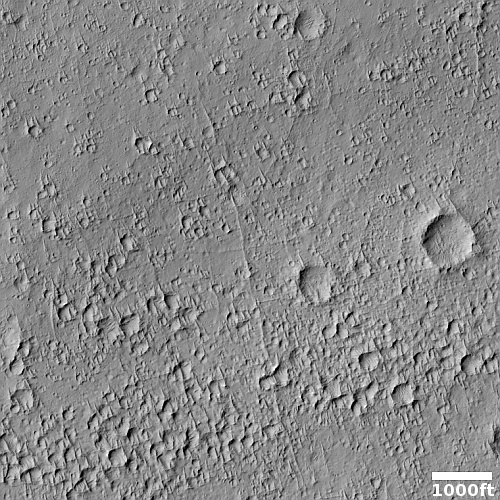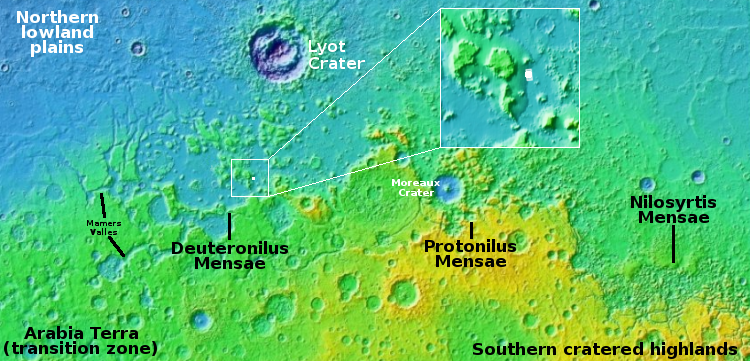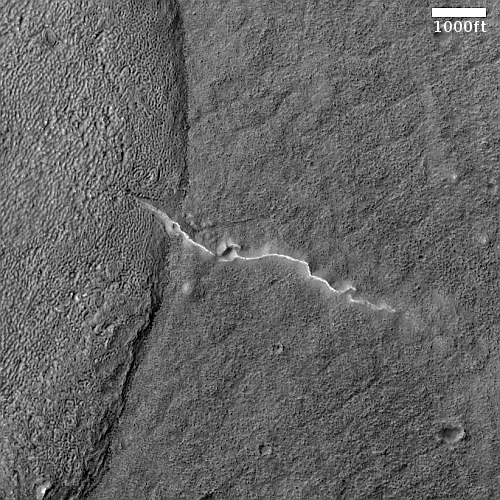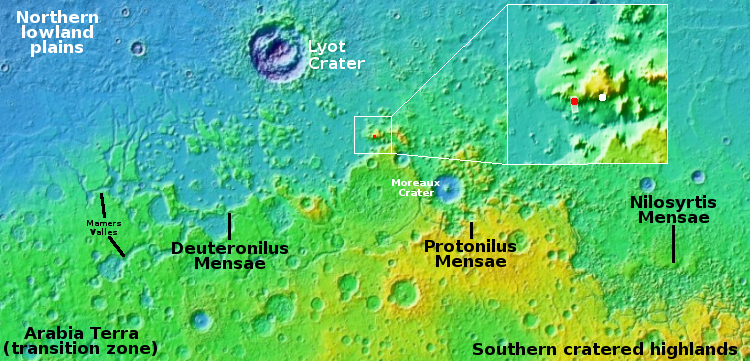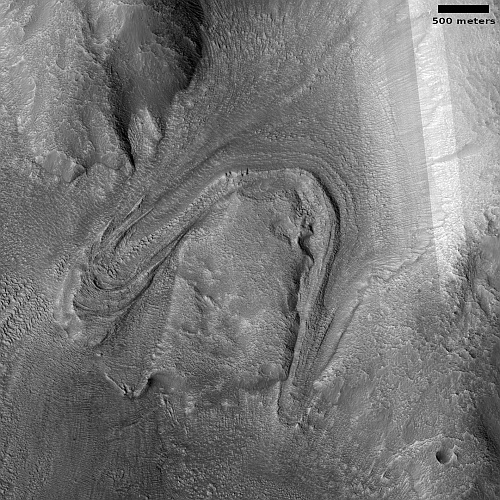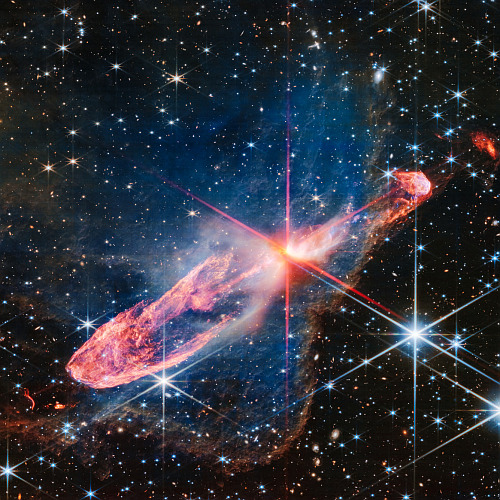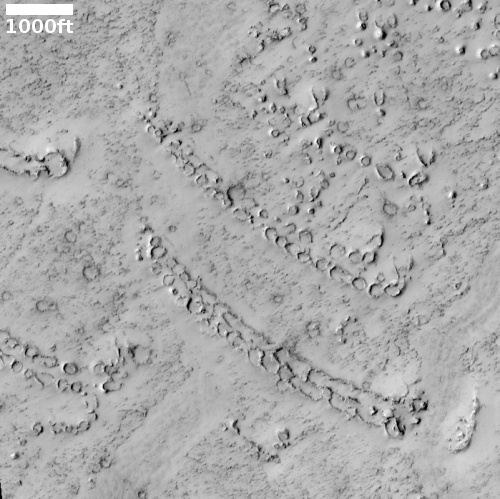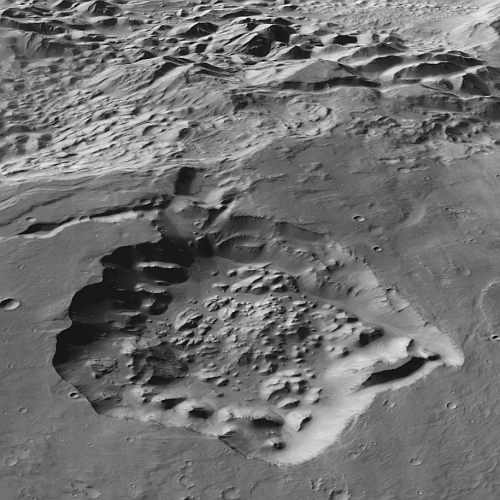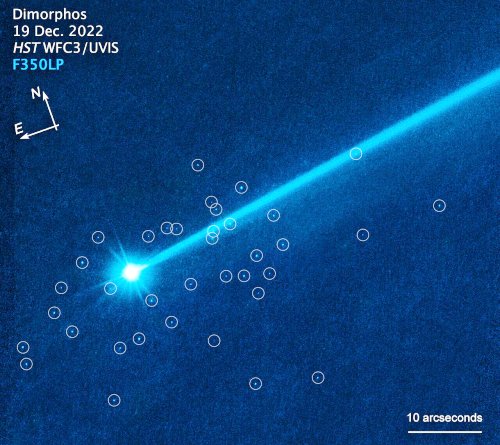ISRO releases first images of the Moon from Chandrayaan-3
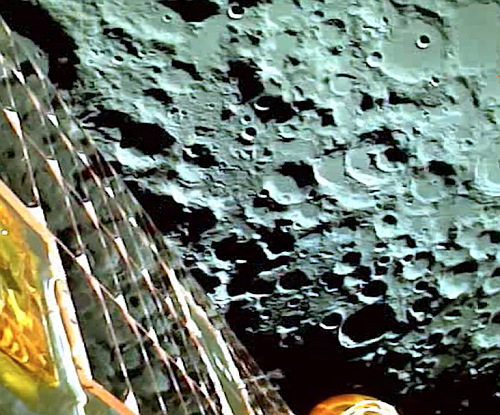
India’s space agency ISRO yesterday released the first images taken of the Moon by Chandrayaan-3, soon after entering lunar orbit.
The picture to the right is a screen capture from the short movie the agency compiled from those images, available at the link. The pictures were taken on August 5th, during the engine burn that put the spacecraft into lunar orbit. A solar panel can be seen on the left, with the cratered lunar surface to the right.
Chandrayaan-3 is presently undergoing a series of engine burns to lower its orbit in preparation for a planned August 23rd lunar landing in the high southern latitudes of the Moon.

India’s space agency ISRO yesterday released the first images taken of the Moon by Chandrayaan-3, soon after entering lunar orbit.
The picture to the right is a screen capture from the short movie the agency compiled from those images, available at the link. The pictures were taken on August 5th, during the engine burn that put the spacecraft into lunar orbit. A solar panel can be seen on the left, with the cratered lunar surface to the right.
Chandrayaan-3 is presently undergoing a series of engine burns to lower its orbit in preparation for a planned August 23rd lunar landing in the high southern latitudes of the Moon.

